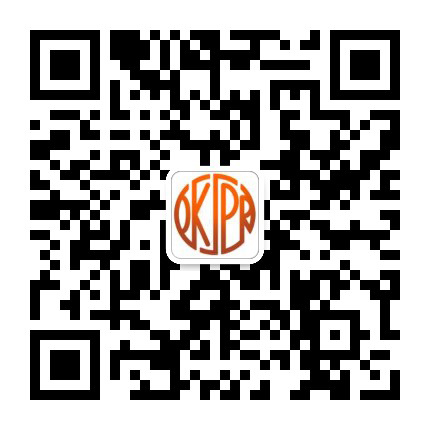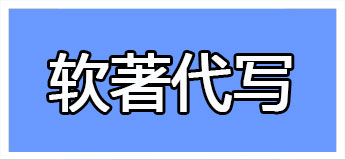
The Ultimate Guide to Copyright: Everything You Need to Know
Copyright is an essential aspect of creative work that protects original ideas and expressions. It encompasses a vast array of industries from music to film, literature to software, and beyond. This guide serves as a comprehensive overview of copyright, delving into the history and evolution of copyright, the different types of copyright, how to acquire and protect copyright, fair use and infringement, and the role of copyright in modern society.
History and Evolution of Copyright
The concept of copyright can be traced back to the 15th century when printing press technology made it possible to mass produce and distribute books. To protect their work from unauthorized replication, authors and publishers obtained grants of monopoly from the government, effectively creating the first copyright laws.
Over time, copyright evolved to include rights beyond copying, such as the right to perform, display, and distribute derivative works. The Berne Convention of 1886 set forth international copyright standards, which have been updated through various treaties and agreements, including the World Intellectual Property Organization and the Digital Millennium Copyright Act (DMCA).
Types of Copyright
There are two primary types of copyright: copyright in works of authorship and copyright in sound recordings. Copyright in works of authorship includes literary works, musical works, dramatic works, choreographic works, pictorial, graphic, and sculptural works, audiovisual works, and architectural works. Sound recording copyright extends to the actual sounds recorded, involving the performance or production of the music or other sounds.
There are also related rights such as performers' rights and rights in broadcasts, which protect the interests of performers and producers of audiovisual content.
Acquiring and Protecting Copyright
Copyright automatically attaches to original works of authorship, meaning creators do not need to register their copyright to enjoy protection. However, registration can help prove ownership in the case of disputes and other legal issues.
Creators can register their copyright with the US Copyright Office or relevant international authorities by submitting the appropriate application and fee. They can also mark their work with a copyright notice to give notice of the claim.
Fair Use and Infringement
Fair use is a legal principle that allows limited use of copyrighted materials without seeking permission granted that use requires a valid purpose, such as criticism, commentary, news reporting, teaching, scholarship, or research.
Infringement, on the other hand, is the unauthorized use of copyrighted material that violates the copyright owner's exclusive rights, such as copying, distribution, or adaptation, among others. Remedies for infringement may include injunctive relief and monetary damages.
The Role of Copyright in Modern Society
Copyright continues to play a vital role in modern society, where digital distribution, remix culture, and internet memes have challenged traditional concepts of fair use and infringement. While copyright law can be complex and contentious, it remains an essential tool for creators and copyright owners, protecting their rights in a rapidly evolving digital landscape.
In Conclusion
The copyright landscape continues to evolve, from the early days of printing press technology to our modern digital age. Understanding the history and evolution of copyright, how to acquire and protect copyright, the different types of copyright, and the nuances of fair use and infringement are essential for creators, copyright owners, and users of copyrighted material alike. This guide serves as a comprehensive resource on all things copyright and is a must-read for anyone interested in the world of creative work.
上一篇:软件著作权代码审核,保障知识产权安全下一篇:标题软件著作权需要更新吗?
软件著作权说明书代写
一、《申请表》《说明书》《源代码》3个文档
二、300元/案子,3天内交付
三、电话/微信:131-3426-9169




